I remember the first time I heard about Ticket to Ride: six years ago I received a BBM message from my friend who was visiting her parents over the winter holidays. She began her message with, “Look at this super boring board game my parents, [brother, and sister-in-law] are playing”. She then sent me a picture of coloured plastic rectangular prisms laid out on a brownish-beige map of America.
“They’ve been at the game for like an hour,” she continued. I replied to her with a tasteful “Ugh. That looks like the worst!” (Clearly not one of my finest moments.)
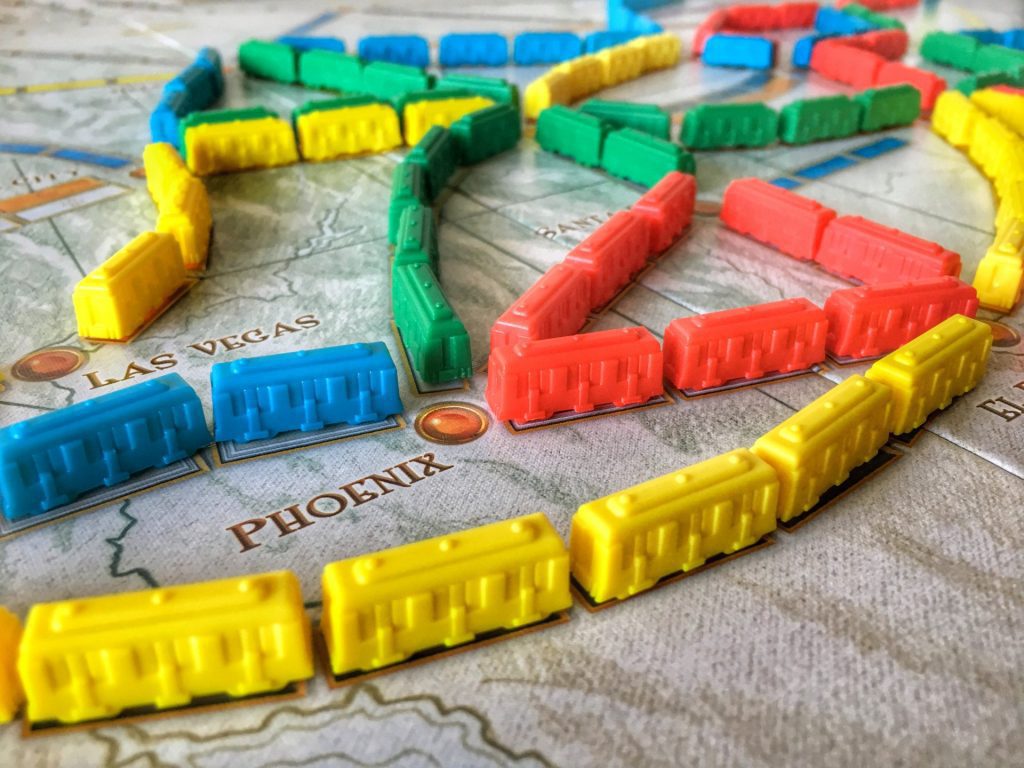
Don’t Judge a Game by its Cover (or Your First Play)
A few months later my friend’s brother and sister-in-law insisted that we try playing this strange Ticket to Ride game because they knew how much we both enjoyed playing classic games. “You’ll love it!”, they insisted.
I definitely didn’t love it… but I did like it.
I liked the quick turns, simple options you had to choose from, and the tension that came from timing your actions. Will you choose to lay a route or draw Train Car cards from the top of the deck hoping one will be exactly what you need? I didn’t love how frustrated I felt when it seemed like my routes were intentionally being blocked with no gain to the blocker (other than a few points) or how I misunderstood the longest train scoring. I had focused my entire strategy on connecting all my trains only to find out at the game’s end that the trains had to be in a continuous path, branches didn’t quite count. I left feeling pretty grumpy that night and quite dissatisfied with Ticket to Ride.
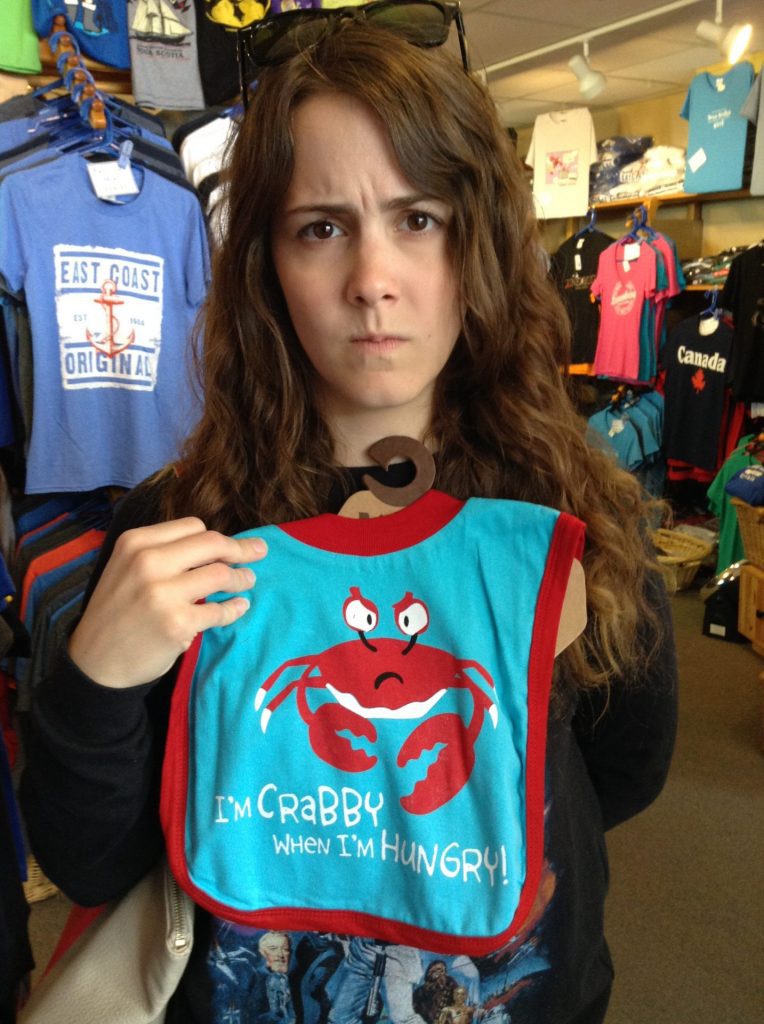
Since I’m such an optimist, my friend and I visited a local board game café (Monopolatte) shortly after and I persuaded her to try Ticket to Ride again with me. She had been left with an equally sour taste after that first night but she obliged me nonetheless. Am I ever thankful we did! After that play, we were hooked. A few days later, I bought my own copy of the game and for the next three months my friend and I played Ticket to Ride daily, often playing two or three games a night. We played so frequently that we actually had the destinations on all the Ticket cards memorized. We would lay our routes so precisely then spend turns hunting through the Destination Ticket deck looking for the ones we needed. We tried playing against other friends, but we were too good. Our completed Tickets tripled their starting three and we never laid any routes through Las Vegas (for which there were obviously no Destination Ticket cards). Once we wiped the floor with a few groups of friends, we decided that we couldn’t play with anyone new to Ticket to Ride, no matter how excited we were to show it to them.
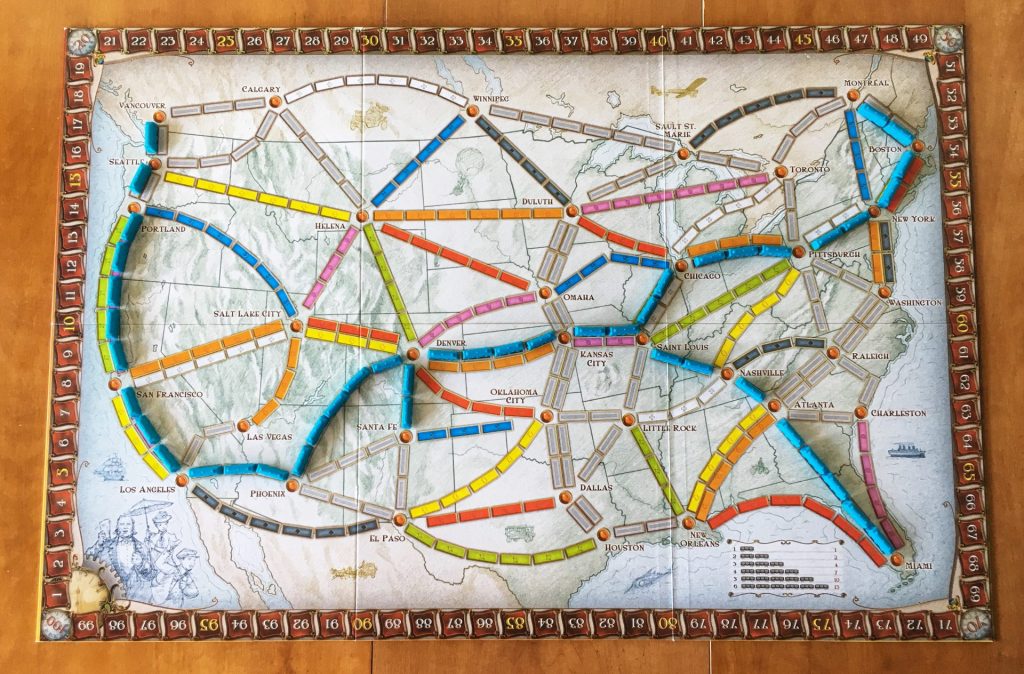
It was only after we consistently scored at least 200 points a game that I decided to buy the 1910 expansion (which added more Destination Ticket cards), the Alvin and Dexter expansion (which added more conflict), and I printed a French fan created expansion (which added chaos) to deepen our games.
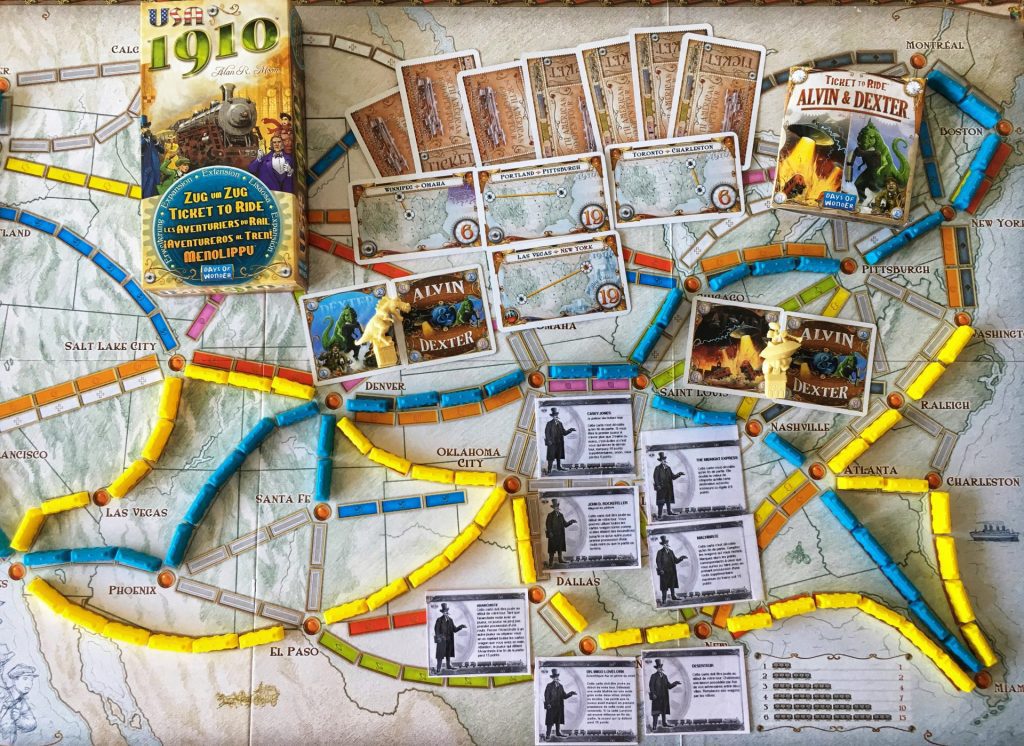
Ticket to Ride was the first modern strategy board game I played and I owe everything to it since it was my gateway into this wonderful hobby. Without it I would probably still be playing Clue with just 2 players. So what’s the game of Ticket to Ride all about?
Where are the Dice!? Ticket to Ride in a Nutshell
Ticket to Ride won the Spiel des Jahres in 2004 and a number of other awards. The game is printed in many languages and has sold millions of copies worldwide. Asmodee even included Ticket to Ride in their “Modern Classics” line, a selection of gateway games which left a mark on the hobby and “stand the test of time”. (Other titles include Catan, Carcassonne, Dixit, Pandemic, and Splendor.) Obviously the game is great so if you’ve never played it, here’s what it’s all about.
There are some similarities between Ticket to Ride and traditional card games like Gin or Rummy; players collect cards and then play them in coloured sets to score points. While there is certainly more to Ticket to Ride’s gameplay than this, the bare bones of the game work in this way.
In Ticket to Ride players are collecting coloured Train Car cards to then claim routes with the goal of connecting the cities on their Destination Ticket cards. On a player’s turn, they choose one of three options:
- Draw Train Car cards from the face-up display or the draw deck
- Draw new Destination Cards
- Play Train Car cards to claim a coloured route
The gameplay continues in this way until one player has placed all but two (or fewer) of their plastic trains on the board. Points are scored during the game whenever a player lays a route and players earn points at the end of the game for their completed Destination Ticket cards (or lose points if any are incomplete).

Ten points are also awarded to the player with the longest continuous path of trains.
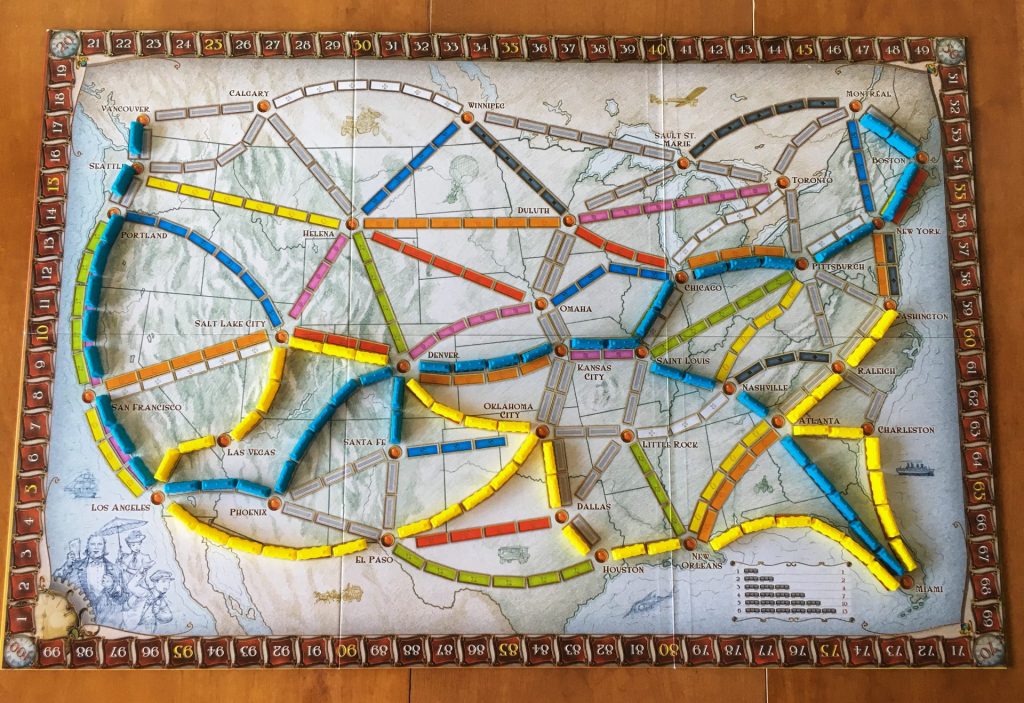
Why I Still Love Ticket to Ride
Ticket to Ride is considered a gateway into the modern board gaming world and like most gateway games, we tend to play them a lot initially and then cast them aside for bigger, better, crunchier games. I’m guilty of this myself and I don’t play Ticket to Ride as regularly as I used to, but when I get it to the table I still enjoy myself as much as I did six years ago. Why?
Let’s put aside the sentimental value of the game; many people can appreciate their first board game, but don’t want to play it anymore. How many people do you know who still want to play Monopoly? It isn’t sentiment or nostalgia that keeps me coming back. Ticket to Ride is just a good game. It’s simple, but not easy. It plays quickly, but still feels satisfying. It’s fraught with tension and tough choices as you time out your moves, but the gameplay doesn’t get bogged down by this. And it’s interactive enough that players can be pesky and get in each other’s way, without it resulting in a table flip. Ticket to Ride is just a pleasure to play!
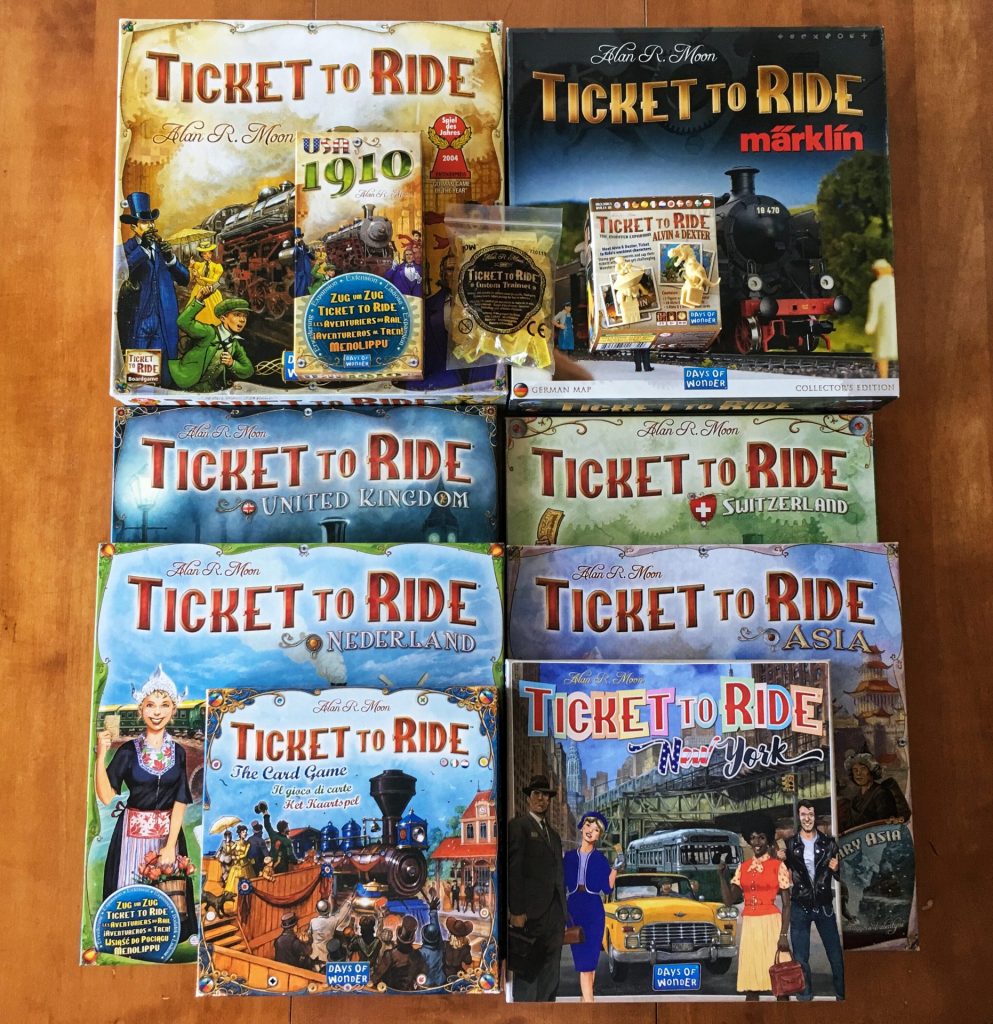
Admittedly there is some luck and randomness in the game with the card draws, but I find this works in the game’s favour. It levels out the playing field for new and experienced players. Even at my peak Ticket to Ride playing, with the Destination Ticket cards memorized, there were times where I still got bit by the game’s randomness and drew cards with destinations I couldn’t connect, ultimately losing many points (my friend and I were also tracking our worst scores.) The luck involved in the card draws has a way of humbling even an arrogant Ticket to Ride player like myself.
While I don’t play Ticket to Ride often enough (although I do try to at least play it once a year on my birthday), it will always be a game I hold close to my heart. Sometimes I wonder, as I stare at my Ticket to Ride-filled Kallax cube, where I might be had I not played the game — but that’s a thought I don’t dwell on for too long because I owe so much to Ticket to Ride, a game I once labeled as “the worst”. It jumpstarted my move into modern board gaming and because of it I have so many memories and I’ve created lasting, loving bonds with people I might not have otherwise met or taken the time to get to know. So thank you Ticket to Ride <3.
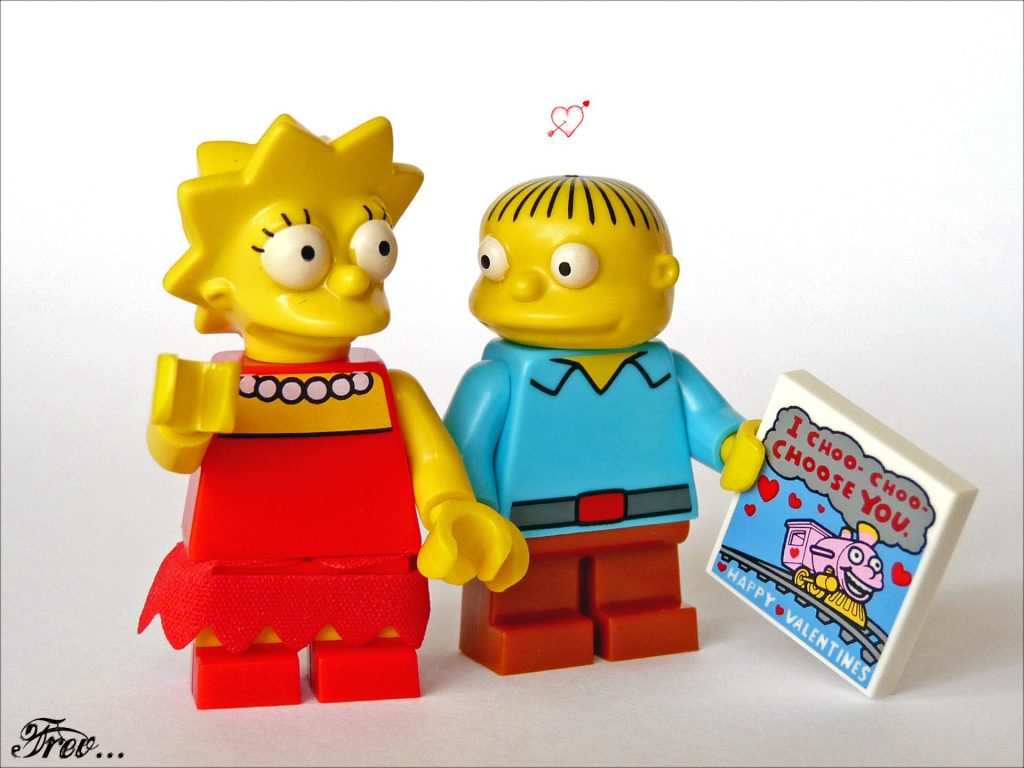
To learn more about Ticket to Ride, check out our Ticket to Ride: New York review.


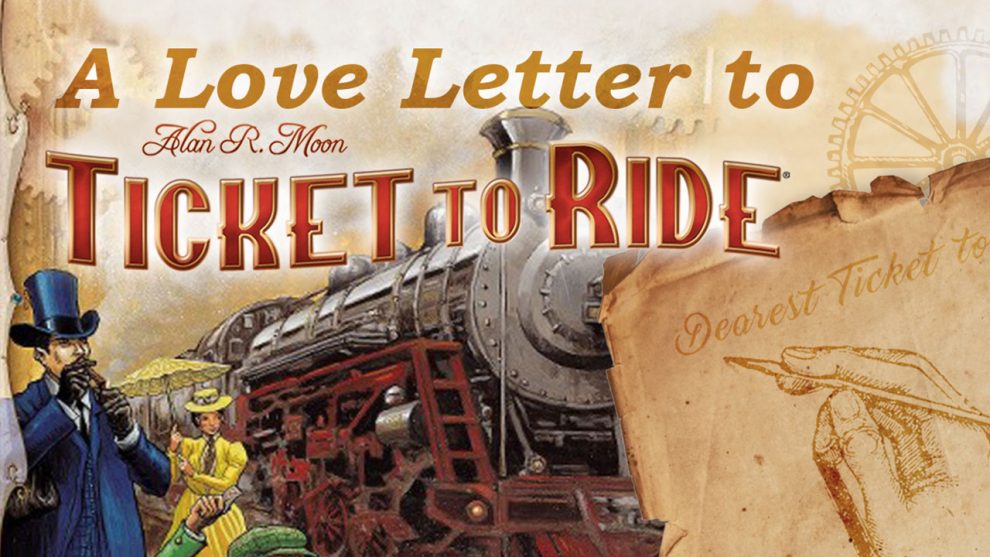


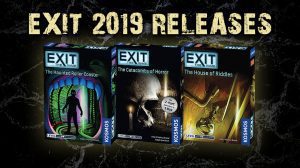

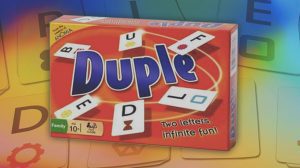




Add Comment